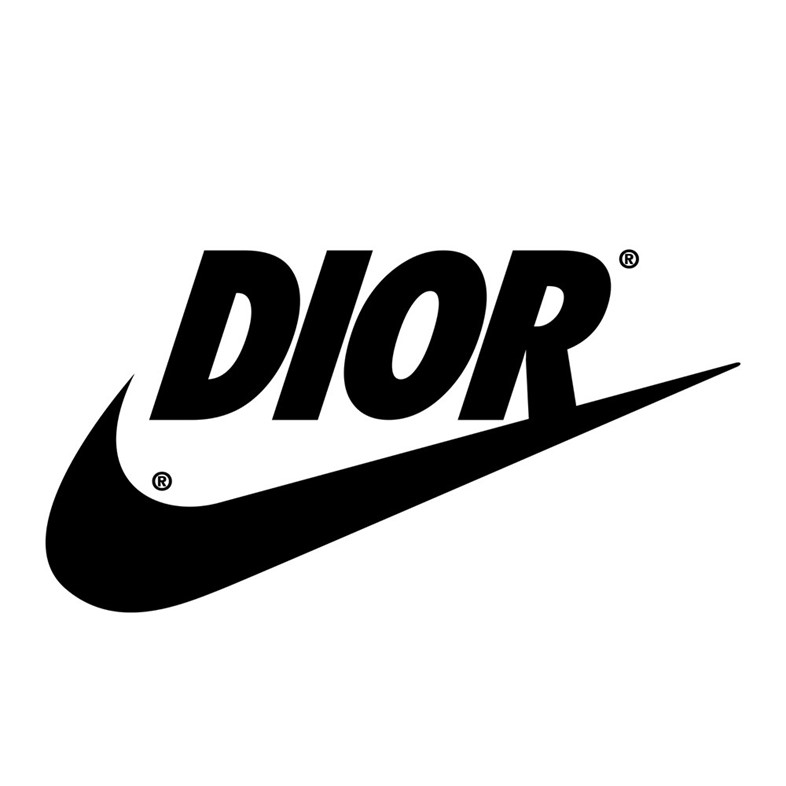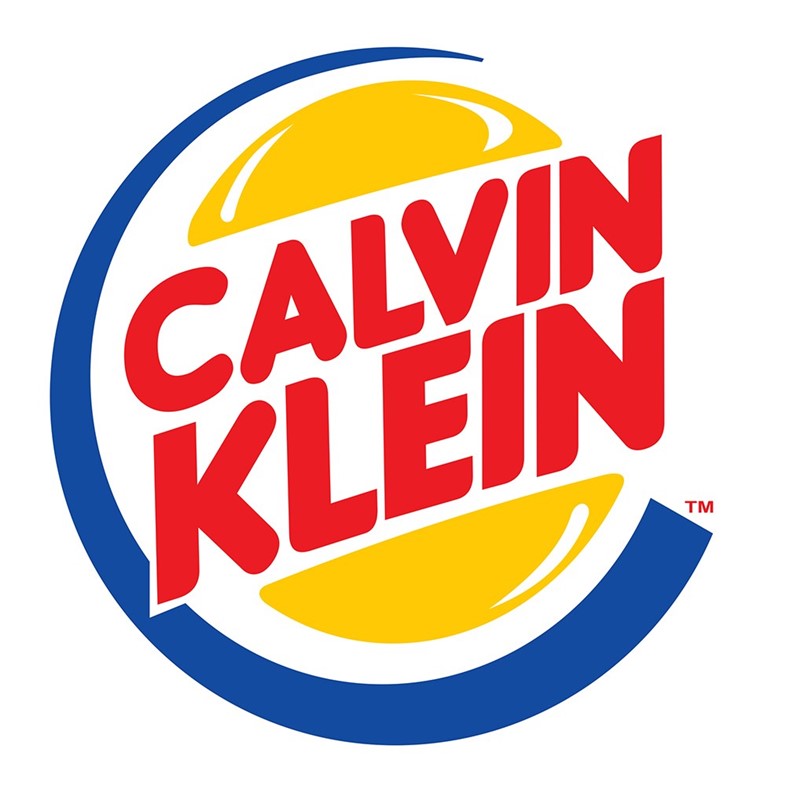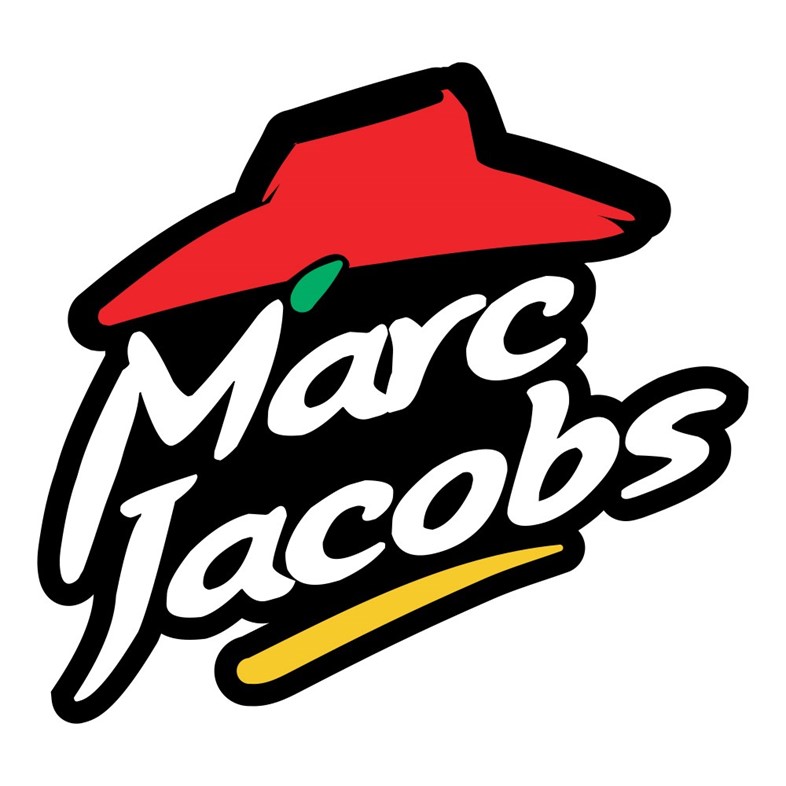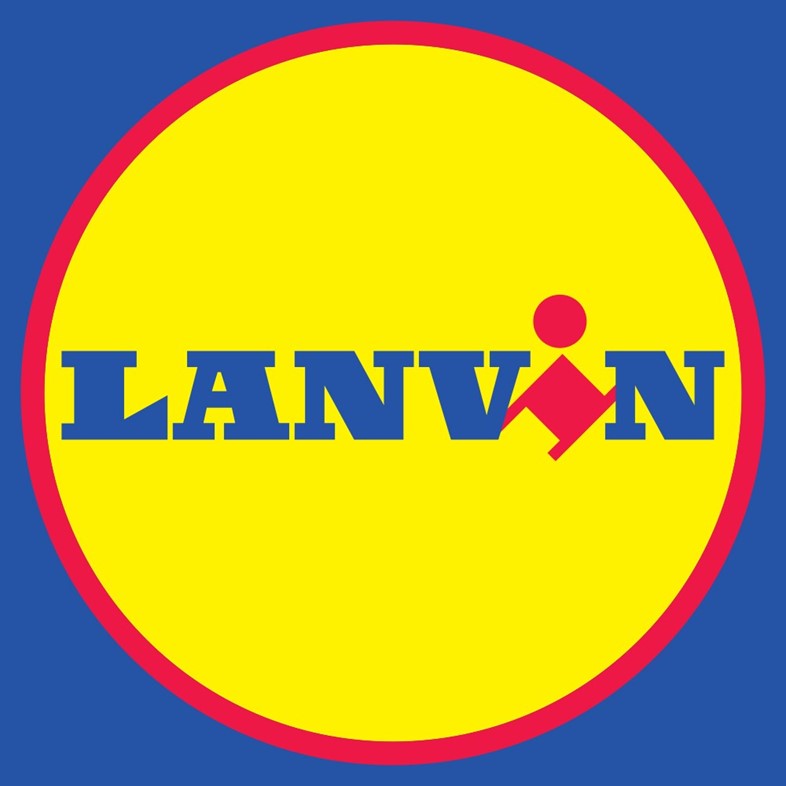Reilly has made a social experiment out of mish-mashing the high and the low together – and the likes of Silvia Venturini Fendi and Kris Van Assche are fans
Have we reached peak logomania? Over the past few years we’ve seen the very best of branding shaved into heads at Fendi, logomarks splashed all over bags, bra-straps and T-shirts at Loewe, Dior and Gucci, and presidential campaign identities reworked at Balenciaga – and that’s to say nothing of the branding bonanza that that house’s artistic director Demna Gvasalia takes great pleasure in hosting with Vetements.
Away from the catwalk, however, things are taking a rather different turn in the hands of Reilly, a London-based, Scottish-born graphic designer and art director who for several years now, has been toying cheerily with the logos which we see day in, day out – reworking them with fashion’s greatest mainstays. “I’m just trying to get people to look at things differently,” he explains over the phone, when we ask him how a cheeky experiment came to be an ongoing project for him. “We see these symbols every day, so frequently that I thought, ‘you know what? I’m going to mash them up by putting super famous brands with super famous brands that are totally unrelated’. I just want to make people look at them and go, ‘what?!’”
This he does, and indeed has been doing for years, morphing Margiela in McDonalds, Lanvin into Lidl, and Stella McCartney into Stella Artois. Things took an upturn recently, however, when Belgian fashion designer and artistic director of Dior Homme Kris Van Assche came across a cheeky reworking of Dior with the Nike swoosh, and gleefully posted it on his own Instagram. “He was like ‘this is hilarious!’” Reilly remarks, evidently disbelieving, still, “but the next morning my Instagram was practically crackling – lots of people had seen it and reposted it, thinking it was real! It ended up being quite crazy.”

Given the current proliferation of fake news and high-low collaborations, Reilly saw the fascination with his playful subversion of fashion branding as an opportunity to take things even further, and continued sharing his tongue-in-cheek combinations with the world. He was surprised to find something of a fashion following among those liking and sharing: “Silvia Fendi, she posted the Fendi-Fila one – she thought that was really funny.”
What does the willingness of today’s most esteemed brands to have a laugh at themselves say about the state of pop culture, we wonder? “I think people have really lightened up,” Reilly says. “Five years ago they would probably have been on me like a ton of bricks, but I feel now brands like that idea of fooling around – it’s not so uptight. This is the age we live in now – everything is so easy, and accessible, and ready.” This kind of experimentation has seen him invited to lecture at the RCA, and to create work directly for brands, among other projects. “We’ve got so much going on, at the moment globally, in the markets, and politically, and in warzones and so on that people just want a tiny bit of escapism,” he muses. “Maybe that is looking on a screen at something that makes you laugh for ten seconds.” It’s a welcome moment of respite, we suggest. And maybe as things in the world start to get back on track, stuff like this will die down, start to level itself out.” For the moment, though, he’s keen to continue playing.












